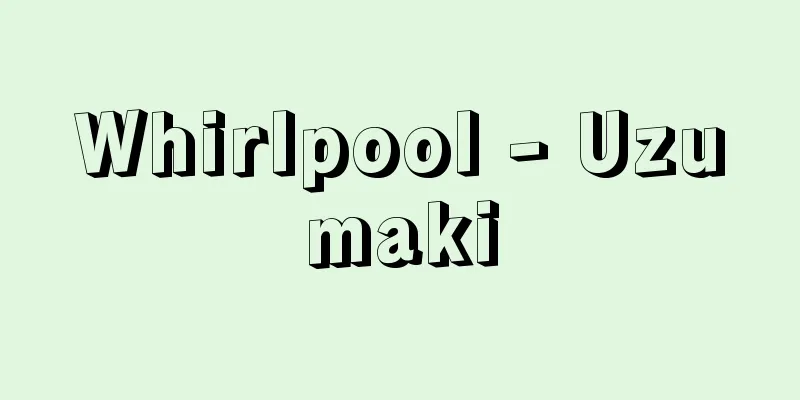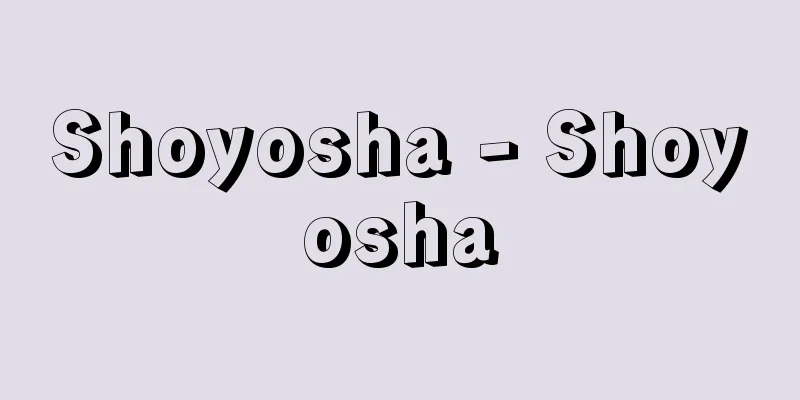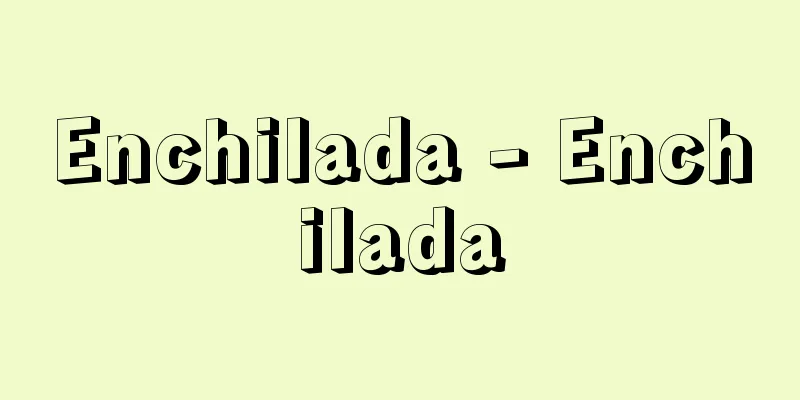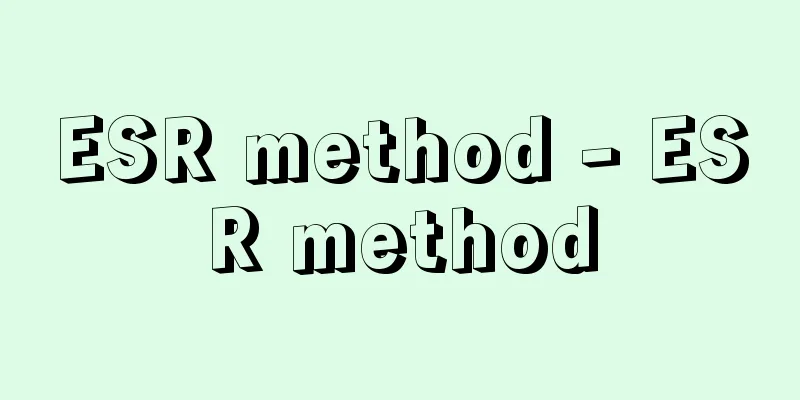Katsusaka ruins
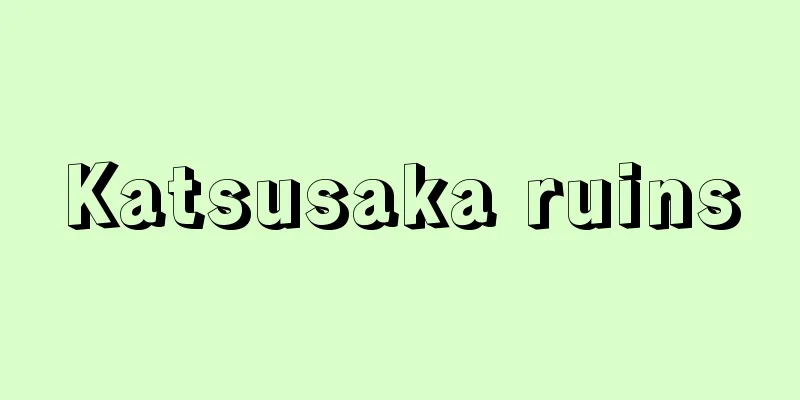
|
This is the site of a large-scale settlement from the middle Jomon period. It is also the standard site for Katsusaka-style pottery, which is considered to be one of the typical types of Jomon pottery. It is located in Isobe Katsusaka, Sagamihara City, Kanagawa Prefecture, on a river terrace on the east bank of the Sagami River. The altitude is about 70 meters. The site is divided into areas A to D, and the total area exceeds 50,000 square meters. In 1926 (Taisho 15), excavation by Oyama Kashiwa and others was carried out in the center of area A. Various types of pottery from the middle period, including Katsusaka-style pottery, have been excavated, but there are differences depending on the area. There is an abundant spring nearby, which shows that it was essential for the formation of the settlement. In addition to pottery, chipped stone axes, ground stone axes, grinding stones, stone plates, concave stones, stone arrowheads, etc. have been excavated. In particular, there are a large number of chipped stone axes. In the past, Haku Oyama examined the chipped stone axes discovered at this site and claimed that they were tools used for digging. Gravel and obsidian have been found in the Tachikawa loam layer in Areas A and C. A large number of stone replicas of various kinds have been excavated from the paddy fields under the cliffs to the northwest of the ruins. One corner of the northwest corner of the Katsusaka ruins has been designated as a national historic site, but the rest of the site is gradually being destroyed by erosion. [Isamu Okamoto] Source: Shogakukan Encyclopedia Nipponica About Encyclopedia Nipponica Information | Legend |
|
縄文時代中期の大規模な集落址(し)。また、縄文土器の典型の一つとされる勝坂式土器の標準遺跡。神奈川県相模原(さがみはら)市磯部(いそべ)勝坂にあり、相模川東岸の河岸段丘上に位置する。標高約70メートル。遺跡はA~Dの各区に分けられ、その総面積は5万平方メートルを超える。1926年(大正15)大山柏(かしわ)らによる発掘は、A区のほぼ中央部で行われた。勝坂式土器をはじめ、中期の各型式の土器が出土するが、地区により差がある。付近には豊富な湧水(ゆうすい)があり、集落の形成に欠かせないものであったことがわかる。土器のほかに、打製石斧(せきふ)、磨製石斧、磨石(すりいし)、石皿、凹(くぼ)み石、石鏃(せきぞく)などが出土している。とくに、打製石斧の量は多い。かつて、大山柏はこの遺跡発見の打製石斧を検討して、それが土掘り具であることを主張した。 A・C区の立川ローム層の中からは、礫(れき)群や黒曜石が検出されている。また、遺跡の北西の崖(がけ)下水田からは、各種の多量の石製模造品が出土している。勝坂遺跡の北西隅の一角は、国史跡として指定されているが、ほかは漸次蚕食的な破壊を被っている。 [岡本 勇] 出典 小学館 日本大百科全書(ニッポニカ)日本大百科全書(ニッポニカ)について 情報 | 凡例 |
<<: Collaborative medical care - gassakuiryo (English spelling)
Recommend
Chivalry - kishidou (English spelling) chivalry
The Christian ethics of life that arose in the kn...
One Stone Sutra - Issekikyo
...A type of sutra buried in a sutra mound. Also ...
Kerle, J.de (English spelling) KerleJde
...The strong expressive power of the music, whic...
Patriotic Bloodshed - Patriotic Bloodshed
…This is why his criticism of Symbolism, Axel'...
School bag - Landsel
A school bag used by elementary school children. ...
Ishiguro Party
…The "Atsuokuri Festival" is held on th...
Palmieri, M.
...Many humanists emerged from among them. Repres...
Fallacy of Illegality - Law Enforcement
...Broadly speaking, there are the strict intent ...
Kronshtadt Rebellion - Kronshtadt Rebellion
A rebellion against the Soviet government broke ou...
Kabutomaru - Kabutomaru
... E . pentalophus var. procumbens (Eng.) Krainz...
Tachometer - Tachometer
The speed of rotation is calculated by centrifugal...
Stigler, GJ
...However, there is also awareness of the existe...
Tochio [city] - Tochio
An old city in the Tochio Basin, upstream of the K...
montaña (English spelling) montana
…From the colonial period to the present day, Ind...
Akragas; Agrigentum
An ancient Greek colony (apoikia) in southwestern ...


